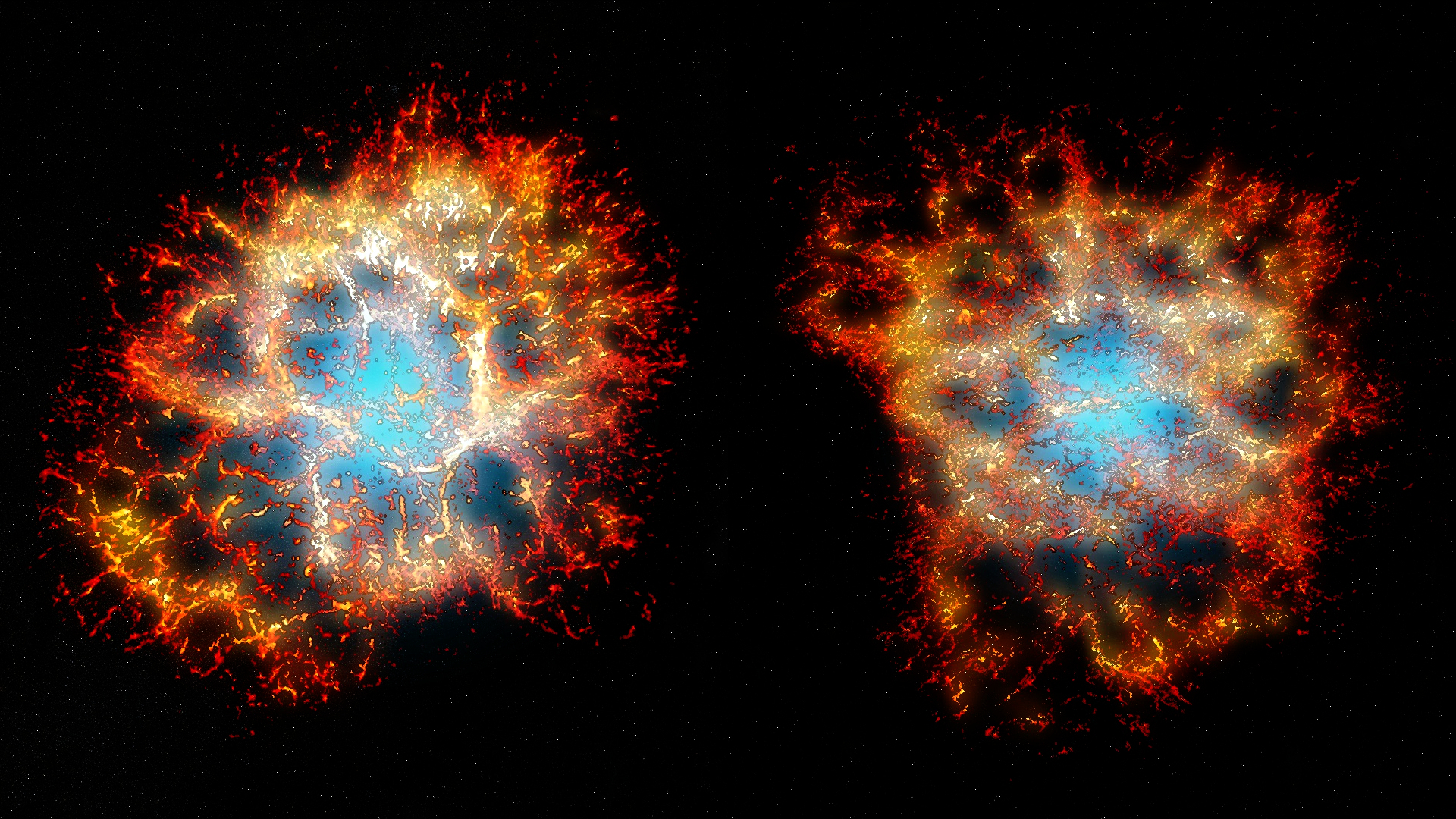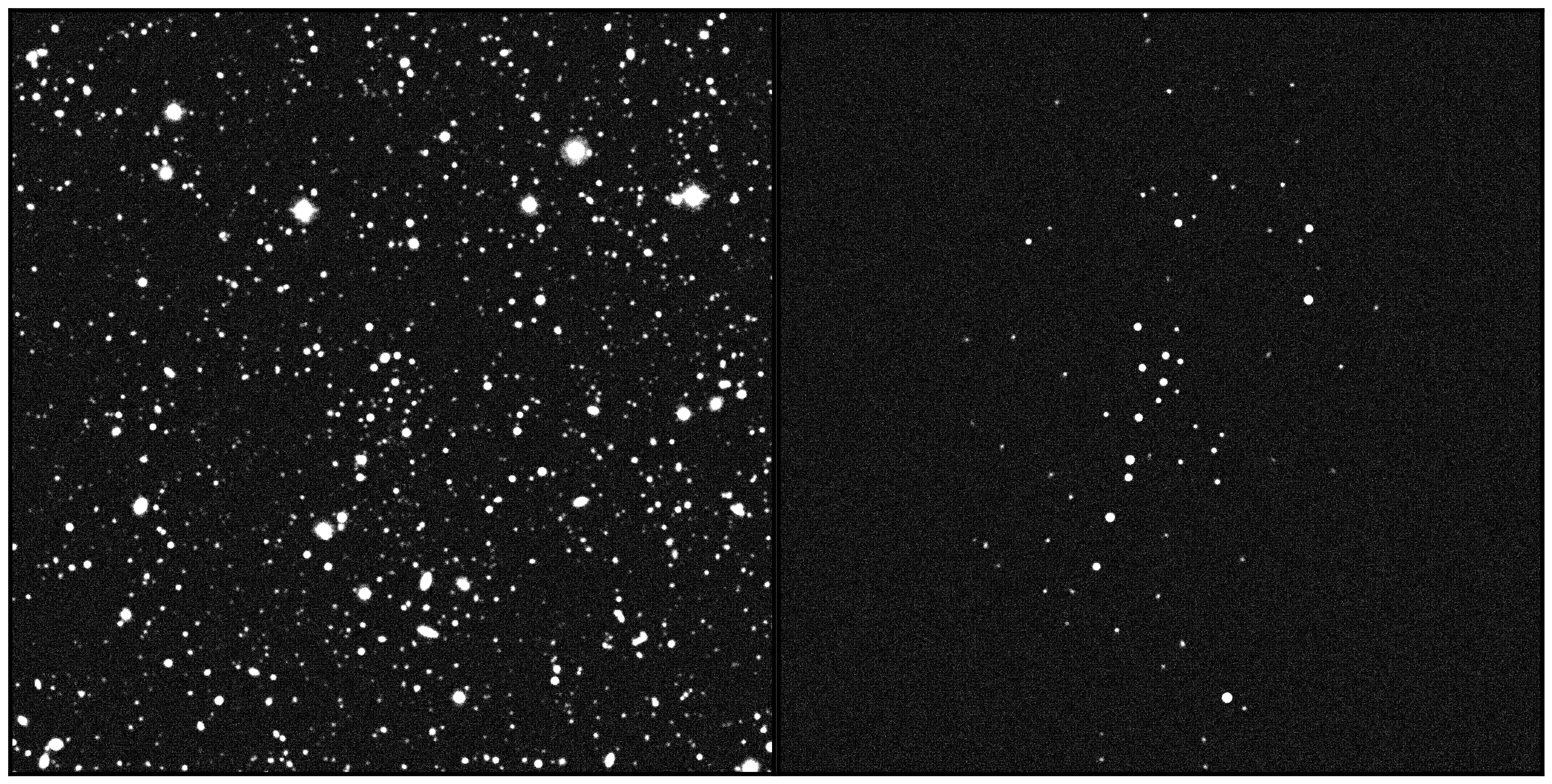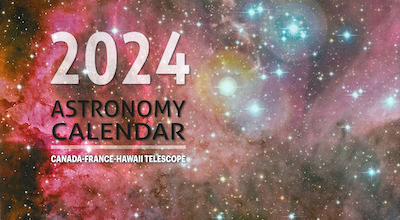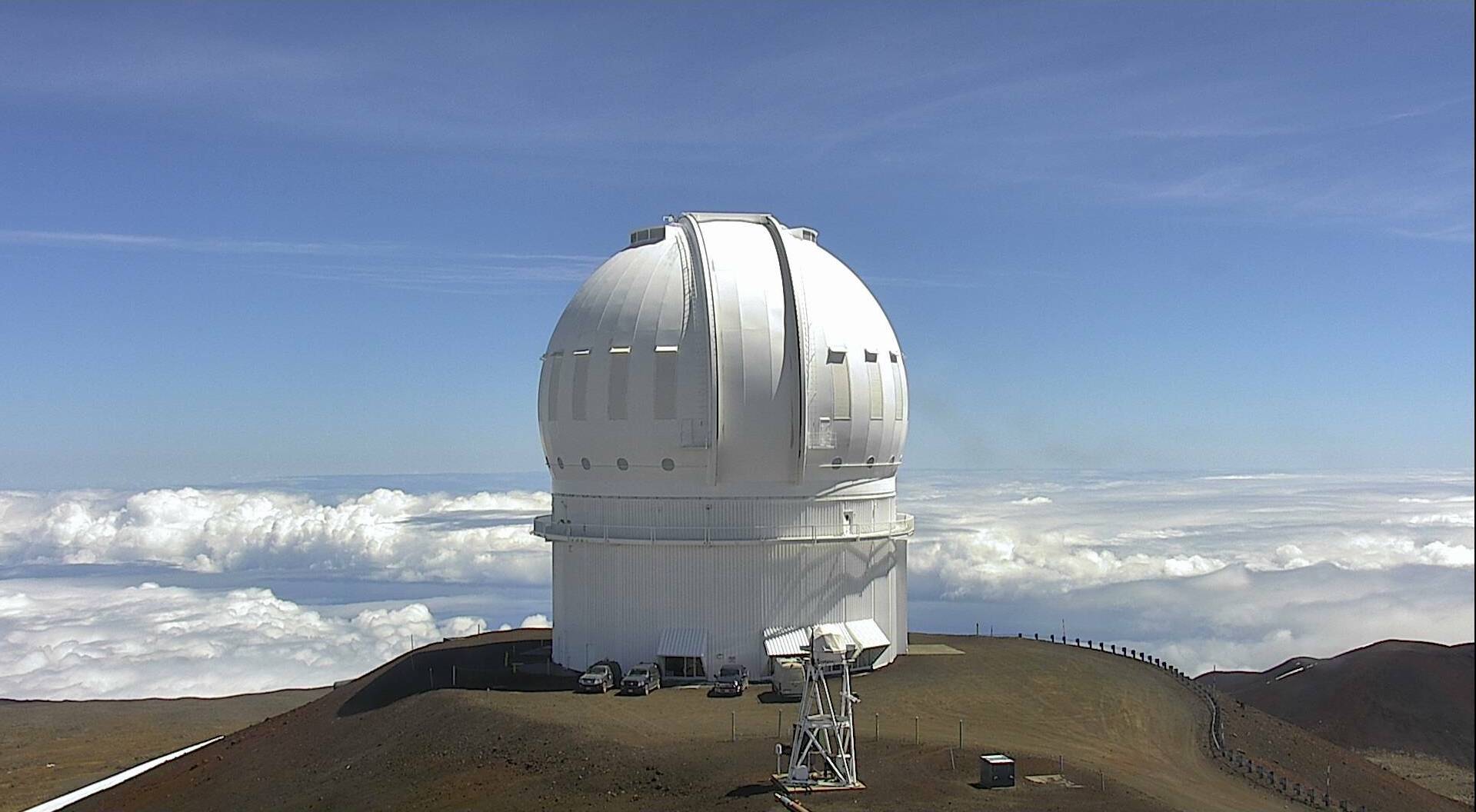Spectacular 'Honeycomb Heart' Revealed in Iconic Stellar Explosion
A unique ‘heart shape’, with wisps of gas filaments showing an intricate honeycomb-like arrangement, has been discovered at the centre of the iconic supernova remnant, the Crab Nebula. Using SITELLE at the Canada-France-Hawaii Telescope (CFHT), astronomers mapped the void in unprecedented detail, creating a realistic three-dimensional reconstruction. The new work is published in Monthly Notices of the Royal Astronomical Society
The Crab Nebula, also known as Messier 1, exploded as a dramatic supernova in 1054 CE, and was observed over the subsequent months and years by ancient astronomers across the world. The resulting nebula - the remnant of this enormous explosion - has been studied by amateur and professional astronomers for centuries. However, despite this rich history of investigation, many questions remain about what type of star was originally there and how the original explosion took place.
Thomas Martin, the researcher at Université Laval who led the study, hopes to answer these questions using a new 3D reconstruction of the nebula. “Astronomers will now be able to move around and inside the Crab Nebula and study its filaments one by one,” said Martin.
The team used powerful SITELLE spectrograph at CFHT on Maunakea to compare the 3D shape of the Crab to two other supernova remnants. Remarkably, they found that all three remnants had ejecta arranged in large-scale rings, suggesting a history of turbulent mixing and radioactive plumes expanding from a collapsed iron core.
Astronomers use computer simulations of supernova explosions to estimate what patterns the ejected materials make as they expand into a supernova remnant. Each possible explosion is associated with a specific pattern- or fingerprint. The honeycomb pattern observed by the team resembles the fingerprint caused by the collapse of a heavier iron core. Co-author Dan Milisavljevic, an assistant professor at Purdue University and supernova expert, concludes that the fascinating morphology of the Crab seems to go against the most popular explanation of the original explosion.
“The Crab is often understood as being the result of an electron-capture supernova triggered by the collapse of an oxygen-neon-magnesium core, but the observed honeycomb structure may not be consistent with this scenario,” Milisavljevic said. "Future work mapping the Crab's chemical distribution of elements is needed to address this inconsistency."
The new reconstruction was made possible by the ground-breaking technology used by SITELLE, which incorporates a Michelson interferometer design allowing scientists to obtain over 300,000 high-resolution spectra of every single point of the nebula.
“SITELLE was designed with objects like the Crab Nebula in mind; its wide field of view and adaptability make it ideal to study nearby galaxies and even clusters of galaxies at large distances,” said co-author Laurent Drissen, co-author on the paper and professor at Université Laval.
Supernova explosions are among the most energetic and influential phenomena in the universe. Consequently, Milisavljevic adds: “it is vital that we understand the fundamental processes in supernovae which make life possible. SITELLE will play a new and exciting role in this understanding.”
This 3D reconstruction of the Crab Nebula is made of 406,472 data points represented as tiny cubes. Each data point shows the positions in space where nebular emission has been detected. The measured velocity of each point has been translated into spatial positions under the assumption of an unaccelerated outward motion of the nebular material. This movie presents the exact data astronomers will be working with. The only artistic inclusion is the blue glowing sphere at the centre which simulates the continuum emitted by the pulsar wind nebula. The Milky Way background (credit: NASA / Goddard Space Flight Center Scientific Visualization Studio) has been adequately positioned to simulate the typical perspective of someone moving around the nebula. The soundtrack is a sonification of the data set, using interferograms directly as sound waves. Multiple samples played at different rates have been mixed, with the playing speed simulating the Doppler effect and the volume of the samples related to the distance to the nebula. Credit: Thomas Martin, Danny Milisavljevic and Laurent Drissen
SITELLE is the result of a joint collaboration between Université Laval, ABB Inc.-Québec, Université de Montréal and the CFHT, under the scientific leadership of co-author Laurent Drissen.
Additional Links
Monthly Notices of the Royal Astronomical SocietyAstro-ph
Simulation on YouTube
HD simulation
Extended HD simulation
Purdue University Profile of Dr. Milisavljevic
Science Contacts
Dr. Thomas MartinUniversité Laval
thomas.martin.1@ulaval.ca
Dr. Dan Milisavlievic
Purdue University
dmilisav@purdue.edu
Dr. Laurent Drissen
Université Laval
ldrissen@phy.ulaval.ca
Media Contact
Mary Beth LaychakCanada-France-Hawaii Telescope
laychak@cfht.hawaii.edu
Dr Morgan Hollis
Dr Robert Massey
Royal Astronomical Society
press@ras.ac.uk





